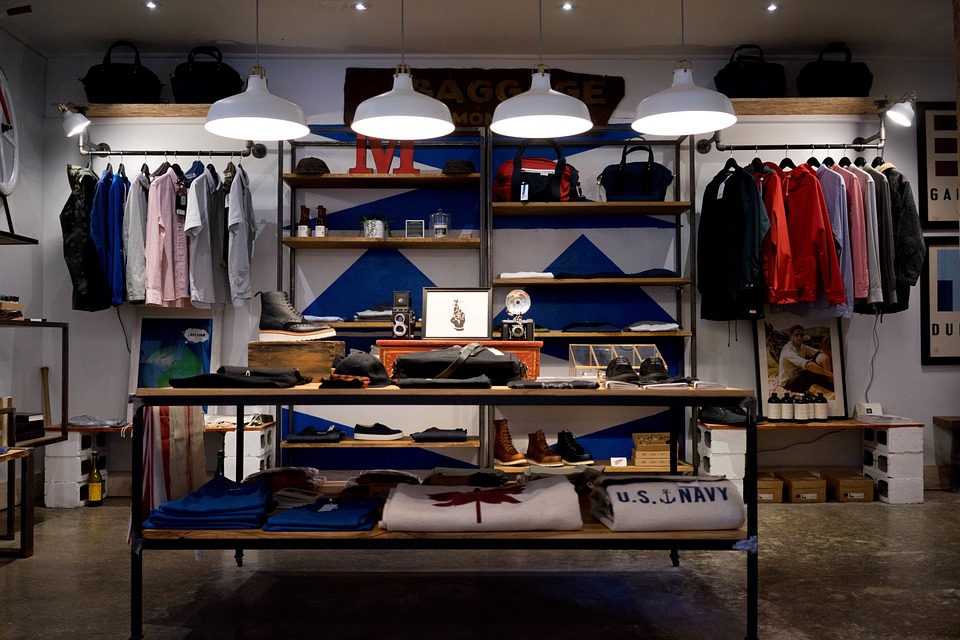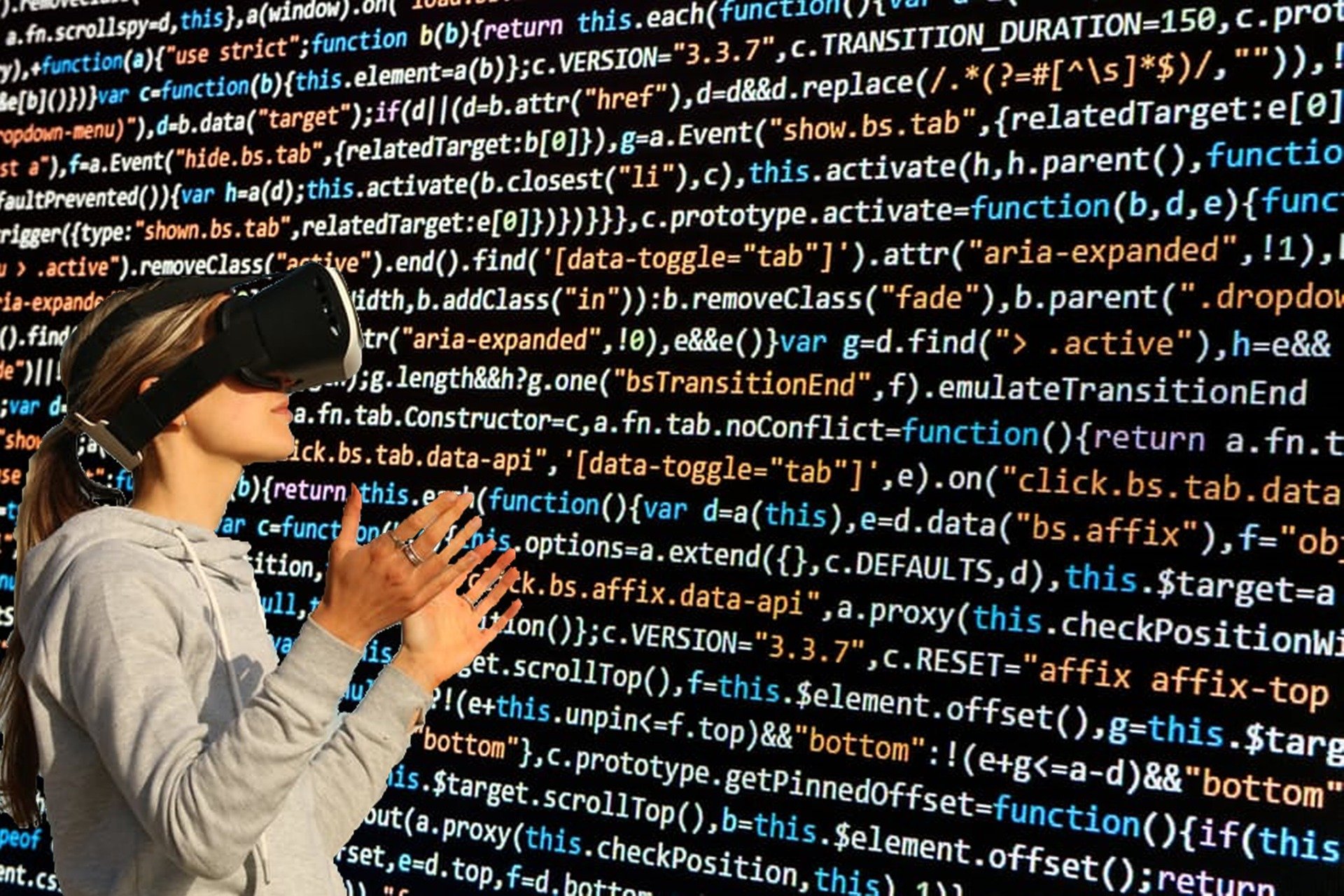A few months back, I was standing at a flea market in Chandigarh watching the deluge of people flowing from one shop to another. They were fiddling through the clothes, checking them for suitability on their bodies and bargaining for the desired price. And however much variety would be unveiled by the seller, the buyers would always be interested in the apparent greener pastures in the other shops. Doesn’t the same happen even in the big stores, when we go to buy a pair of jeans or shirts? We keep meandering between stores and brands for hours to decide on one pair which would fit us perfectly in size, shape, budget and style.
However, standing there I wondered how technology would soon transform the face of retail, especially in apparel sector. So much so, that the entire brick and mortar store would be obliterated, perhaps along with tangible clothes. Wait, what? Clothes would be eliminated? How come is that possible? We will always need to wear something, right?
Well, yes. We will certainly be covering ourselves with the best of fabric, but not in tangible sense. Seeing the way virtual reality is transforming the way we live, we meet and we interact with elements of this world, it seems that apparel retail will change forever. Spatial, by Microsoft, promises to bring three-dimensional meetings to reality. The entire mechanics of screen sharing and web-based conferencing can be brought into the physical world, as an article on ZDNet says. Participants will join a meeting and the software shall present a 3-D scan of the participant’s face. And people can join virtually as if all of them are sitting in the same room. No one shall feel being remote from others, for the mind perceives that the people are sitting just next to us.
Image credits: Founders Blog
Even Oculus Go and Google Daydream can provide virtual reality services. With just a device that projects an entire virtual world at your eyes and makes everyone in a meeting feel like they are all sitting together, the idea of being together will change. We may have virtual classrooms where students join from the comfort of their homes and sit together in a virtual world. We can have friends catching up for chit-chat virtually. The virtual world may emulate a café, or a restaurant, or maybe even a historic location. Just imagine yourself enjoying with friends, family and colleagues at a location of your interest, without physically being there.
And when we have control over the virtual world, we may also have control over how we look and how we present ourselves. We always strive to look our best before our friends and colleagues. With virtual reality making our virtual presence possible, we may be able to select clothes that the AI system will dress us in. The Verge reported that Amazon has recently patented a blended-reality mirror, which helps us to check how we would look like in a particular piece of cloth. This also helps us to try clothes virtually in a virtual location of our choice.
Image credits: Details from the Amazon patent filing (Retrieved from: The Industry Fashion)
Just imagine yourself sitting inside your bedroom, while connecting to a virtual reality meetings. Before the meeting starts, you check some dress designs on apparel partner, Amazon. The virtual store of Amazon provides you with trending designs for T-shirt, jeans, shirts etc. and you choose one design for each. Take for example, you choose polka-dotted blue UCB T-shirt, a distressed Levi’s jeans and an Aviator for your eyes. Those designs are placed on your virtual avatar and what people see you in are a blue T-shirt, jeans and glasses, without having a clue that you are actually in your pajamas with disheveled hair at home. Personal image management will don a new face altogether. Note that all clothes are virtual, none of the designs have been printed on actual fabric.
And note that the big players will still be in operation. Amazon will sustains its marketplace, apparel companies will still keep making new designs and accessories will still be sold. The only difference is that all these products will now be virtual. And it can have massive impact on the macroeconomics of a nation.
While fashion designers will still be in demand, manufacturing units will reduce due to less demand of physical clothes, which may lead to unemployment on mass scale. However, environment may benefit because there will be quite low usage of chemicals for dyeing clothes, and water wastage and pollution will reduce. Our consumerism will have less of carbon footprint and more of digital footprint. Online marketplaces may no longer sell so much of touchable goods, as they would sell digital copies of the same. No wonder, tangible clothes will still remain, just in case people want to meet offline. Retail stores will shrink in number, freeing up real estate and saving electricity and water, or better making way for other businesses. And greater number of interactions may happen in a virtual world without our bodies leaving our homes.
Standing in front of that flea shop that evening, I wondered how that area will soon be replaced by something else, something which I may not be able to envision. But one day, an entire generation of super tech-savvy kids will wonder at the stories we would tell them about flea shops, bargaining and of a time when digital attire were not a reality.













